- No products in the cart.

Methotrexate tab n / about 2.5 mg film-bank p / e 50 pc
$5.49
Methotrexate tab n / about 2.5 mg film-bank p / e 50 pc
Description
Composition
Active substance:
1 tablet contains: methotrexate (in terms of 100% substance) – 2.5 mg ;.
Excipients:
Sucrose (sugar), potato starch, talc, calcium stearate, crospovidone, povidone;
shell composition: sucrose (sugar), magnesium hydroxycarbonate hydrate, wheat flour, magnesium hydroxycarbonate hydrate povidone, gelatin, azorubin colorant E 122 (karmuazin, acid red dye 2C), titanium dioxide E 171 wax.
Description:
Tablets, coated from pink to a dark pink color; in cross section showed two layers: the shell from pink to dark pink and white core with a yellowish tinge.
Product form:
Film coated tablets, 2.5 mg.
10 tablets in blisters of PVC film and aluminum foil printed patent.
50 tablets per plastic jars complete with lids.
Each bank 5 contour cell packages together with instructions for use placed in a pile of cardboard.
Contraindications
The use of methotrexate is contraindicated in pregnancy and lactation, with marked changes of the kidneys and liver, hematologic disorders (such as bone marrow hypoplasia, leukopenia, thrombocytopenia, anemia), with the acute phase of infectious diseases, immunodeficiency syndrome, hypersensitivity to methotrexate or other components of the tablet for children up to 3 years.
Carefully.
When ascites, pleural effusion, gastric ulcer and duodenal ulcer, ulcerative colitis, dehydration, gout or nephrolithiasis in the history of their prior radiation therapy or chemotherapy, infectious diseases, viral, fungal or bacterial origin.
Dosage
2.5 mg
Indications
Acute lymphoblastic leukemia and non-Hodgkin’s lymphoma; trophoblastic tumor; mycosis fungoides in the advanced stages; severe psoriasis; rheumatoid arthritis (the ineffectiveness of other therapies).
Interaction with other drugs
It increases the anticoagulant activity of the derivatives of coumarin or indandione and / or increases the risk of bleeding due to reduction in hepatic synthesis of procoagulant factors and abnormalities of platelet formation.
Increasing the concentration of uric acid in the blood, so the treatment of patients with concomitant hyperuricemia and gout may require dosage adjustment protivopodagricakih drugs (allopurinol, colchicine, sulfinpyrazone); protivopodagricakih use of uricosuric drugs may increase the risk of kidney disease associated with increased production of uric acid on treatment with methotrexate (preferably used allopurinol). Simultaneous reception of salicylates, phenylbutazone, phenytoin, sulfonamides, sulfonylureas, benzoic acid, pyrimethamine or trimethoprim, a number of antibiotics (penicillin, tetracycline, chloramphenicol), anticoagulants, and lipid lowering drugs (cholestyramine) enhances the toxicity due to displacement of methotrexate from binding with albumin and / or reduce the tubular secretion, which in some cases may cause the development of severe toxic effect, sometimes even fatal.
Nonsteroidal anti-inflammatory drugs (NSAID) due to high doses of methotrexate increases the concentration and slow elimination of the latter, which can lead to death from severe hematological and gastrointestinal toxicity. It is recommended to stop taking phenylbutazone for 7-12 days, for 10 days piroxicam, diflunisal and indomethacin for 24-48 hours, ketoprofen and NSAIDs with short T1 / 2 for 12-24 hours prior to infusion of methotrexate in the middle and high doses and for a period of at least 12 hours (depending on MTX concentration in blood) after closure. Care must be taken in combination with low doses of NSAIDs methotrexate (MTX excretion may reduce renal tubules). Drugs that block tubular secretion (e.g. probenecid), increase the toxicity of methotrexate by reducing its excretion by the kidneys.
Antibiotics, are poorly absorbed in the gastrointestinal tract (tetracyclines, chloramphenicol), and reduce the absorption of methotrexate violate its metabolism due to the suppression of the normal intestinal microflora. `
Retinoids, azathioprine, sulfasalazine, ethanol and other hepatotoxic drugs increase the risk of hepatotoxicity.
L-asparaginase reduces the severity of methotrexate antitumor effect by inhibiting cell replication.
Conducting anesthesia using dinitrogen oxide can lead to unpredictable severe myelosuppression and stomatitis.
Application of cytarabine for 48 hours before or within 10 minutes after the start of methotrexate therapy can cause the development of synergistic cytotoxic effect (correction mode is recommended on the basis of control hematological parameters).
Haematological medicines increase the risk of methotrexate gematotoksichnosti.
Methotrexate reduces the clearance of theophylline.
Neomycin for oral administration can reduce the absorption of methotrexate.
Several patients with psoriasis and mycosis fungoides, treated with methotrexate in combination with PUVA-treatment (methoxsalen and UV irradiation (UVR)) was detected skin cancer.
Combination with radiation therapy may increase the risk of bone marrow suppression.
Methotrexate may reduce the immune response to vaccination with live and inactivated viral vaccines.
Folatsoderzhaschie drugs (including multivitamins) may reduce the effectiveness of therapy with methotrexate.
Amiodarone patients receiving MTX about psoriasis, may cause expression of the skin.
Overdose
There are no specific symptoms of overdose with methotrexate, is diagnosed on methotrexate plasma concentrations.
Treatment: Introduction specific antidote – calcium folinate possible immediately, preferably within the first hour, in a dose equal to or greater than the dose of methotrexate; subsequent doses are administered as needed, depending on the serum concentration of methotrexate. To prevent precipitation of methotrexate and / or its metabolites in the renal tubules carried hydration of the body and alkalinization of the urine, which accelerates the elimination of methotrexate. To minimize the risk of nephropathy, resulting in the formation of drug precipitate or its metabolites in the urine must further determine pH of urine before each administration and every 6 h during the whole period of application of calcium folinate as an antidote while the concentration of methotrexate in the plasma is below 0, 05 mol / l, to ensure pH above 7.
pharmachologic effect
Pharmacological group:
Antitumor agent, an antimetabolite.
Pharmacodynamics:
Antineoplastic, cytostatic agent group antimetabolite, inhibits dihydrofolate reductase, which participates in the restoration of dihydrofolic acid to tetrahydrofolic acid (transporter carbon fragments required for synthesis of purine nucleotides and their derivatives).
Inhibits synthesis, DNA repair and cellular mitosis. Particularly sensitive to bystroproliferiruyuschie tissues: malignant tumor cells, bone marrow, embryonic cells, epithelial cells of the intestinal mucosa, urinary bladder, oral cavity. Along with antitumor has an immunosuppressive action.
Pharmacokinetics:
Absorption after oral administration is dose-dependent: when receiving 30 mg / m2 well absorbed, the bioavailability of the average – 60%. Absorption is reduced when receiving at doses exceeding 80 mg / m2.
Children with leukemia absorption ranges from 23% to 95%. The time to reach maximum concentration (TSmah.) – from 40 minutes to 4 hours Food delays absorption and reduces Cmax. Communication with plasma proteins – about 50%, mostly to albumin.
After distribution in tissues in high concentrations of methotrexate polyglutamate form found in the liver, kidney, and particularly in the spleen, where methotrexate can be kept for several weeks or even months.
When administered at therapeutic doses substantially does not penetrate the blood-brain barrier. It passes into breast milk.
Following oral administration of partially metabolised by intestinal flora, the majority – in the liver (regardless of the route of administration) to form a pharmacologically active form of polyglutamic also inhibiting dihydrofolate reductase and thymidine synthesis.
The half-life (T1 / 2) in patients receiving less than 30 mg / m2 of the drug in the initial phase of 2-4 hours and in the final phase (which is continuous) – 3- 10 hours using small and 8-15 h – when using large doses of the drug. In chronic renal failure, both phases excretion of the drug can be significantly prolonged.
Excreted mainly by the kidneys unchanged by glomerular filtration and tubular secretion in bile output up to 10% (with subsequent reabsorption in the gut). Excretion of the drug in patients with impaired renal function, severe ascites transudate or significantly delayed. With repeated administration accumulates in tissues as polyglutamate.
Pregnancy and breast-feeding
Teratogenic: can cause fetal death, congenital deformities. If a woman becomes pregnant during therapy with methotrexate, should decide on the termination of pregnancy due to the risk of adverse effects on the fetus. Methotrexate is excreted in breast milk, for the duration of treatment should stop breastfeeding.
Conditions of supply of pharmacies
On prescription.
side effects
From the hematopoietic system: anemia (including aplastic), thrombocytopenia, leukopenia, neutropenia, agranulocytosis, eosinophilia, pancytopenia, lymphoproliferative diseases, hypogammaglobulinemia, lymphadenopathy.
From the digestive system: anorexia, nausea, vomiting, stomatitis, gingivitis, pharyngitis, enteritis, erosive and ulcerative lesions and bleeding from the gastrointestinal tract (including melena, hematemesis), hepatotoxicity (acute hepatitis, fibrosis and cirrhosis, hepatic failure, hypoalbuminemia , increased activity of “liver” enzymes), pancreatitis.
From the nervous system: headache, dizziness, drowsiness, dysarthria, aphasia, hemiparesis, paresis, seizures; when used in high doses – transient cognitive impairment, emotional lability; unusual cranial sensitivity, encephalopathy (including leukoencephalopathy).
On the part of the organ of vision: conjunctivitis, visual disturbances (including transient blindness).
Cardio-vascular system: pericarditis, pericardial effusion, reduction of blood pressure (BP), thromboembolism (including arterial thrombosis, cerebral blood vessels, deep vein thrombosis, retinal vein thrombosis, thrombophlebitis, pulmonary embolism).
The respiratory system: rarely – pulmonary fibrosis, respiratory failure, alveolitis, interstitial pneumonitis (including fatal), chronic obstructive pulmonary disease (COPD), the symptoms of potentially serious interstitial pneumonia – dry non-productive cough, shortness of breath, fever.
From the urogenital system: severe nephropathy or renal insufficiency, azotemia, cystitis, hematuria, proteinuria, impaired spermato- and oogenesis, transient oligospermia, decrease in libido, impotence, dysmenorrhea, vaginal secretions, gynecomastia, infertility, miscarriage, fetal death, fetal defects .
With the Skin: erythematous rash, skin itching, rash, photosensitivity, impaired pigmentation, alopecia, ecchymosis, telangiectasia, acne, furunculosis, erythema multiforme (including Stevens-Johnson syndrome), toxic epidermal necrolysis, ulceration and necrosis of the skin, exfoliative dermatitis. In the treatment of psoriasis – skin feel a burning sensation, painful erosive plaques on the skin.
On the part of the musculoskeletal system: arthralgia, myalgia, osteoporosis, osteonecrosis, fractures.
Neoplasms lymphoma (including reversible) .`
General reaction :, allergic reactions up to anaphylactic shock, allergic vasculitis, tumor lysis, necrosis of soft tissue syndrome, sudden death, life-threatening opportunistic infections (including PCP), cytomegalovirus (CMV) infections (including CMV pneumonia) , sepsis (including fatal), nocardiosis, histoplasmosis, cryptococcosis, infections caused by herpes zoster and herpes simplex (including disseminated herpes), diabetes mellitus, increased sweating.
special instructions
Methotrexate is a cytotoxic drug, therefore, be handled with care must be taken. The drug should be prescribed by a doctor with experience in the use of methotrexate and familiar with its properties and characteristics of the action. In view of possible severe and even fatal adverse reactions, patients should be fully informed the doctor about the possible risks and recommended safety measures. For patients undergoing methotrexate therapy should be carried out proper supervision so that signs of possible toxic effects and adverse reactions identified and evaluated in a timely manner.
Before the start or resumption of MTX must be made full blood count with the determination of platelets, blood biochemical tests with the definition of values of liver enzymes, bilirubin, serum albumin, radiological examination of the chest, the study of renal function, if necessary – tests for tuberculosis and hepatitis.
For early detection of the symptoms of intoxication need to monitor the status of the peripheral blood (white blood cell counts and platelet counts: first, every other day, then every 3-5 days during the first month, then 1 every 7-10 days during remission – 1 every 1-2 weeks.) Activity “liver” enzymes, renal function (BUN, creatinine clearance and / or serum creatinine), the concentration of uric acid in serum, periodic X-rays of the chest, examination of the oral mucosa and pharynx on the presence e ulcerations before each use. Monitoring the state of bone marrow blood is recommended before treatment, 1 time during treatment and after completing the course.
Methotrexate can potentially lead to the development of symptoms of acute or chronic liver toxicity (including fibrosis and cirrhosis of the liver). Chronic hepatotoxicity usually develops after prolonged use of methotrexate (usually within 2 years or more) or achieve a total cumulative dose of no less than 1.5 g, and may lead to an unfavorable outcome.
Hepatotoxic effect may also be caused burdened accompanying anamnesis (alcoholism, obesity, diabetes) and senile age.
Because of the toxic effects of the drug on the liver during treatment should refrain from appointing patients to other hepatotoxic drugs except where obvious need. For patients taking other hepatotoxic drugs (e.g., leflunomide) should be carefully monitored.
For objectification liver function together with the biochemical parameters of the liver biopsy is recommended before or after 2-4 months. after treatment; with a total cumulative dose of 1.5 g, and after every additional 1-1.5 g With moderate liver fibrosis or cirrhosis of any abolish MTX; fibrosis mild form usually recommend repeat biopsy at 6 months. During initial therapy may be minor histological changes in the liver (portal inflammation and minor fatty change), which is not grounds for rejection or termination of treatment, but points to the necessity of caution in the use of the drug.
With the development of diarrhea and ulcerative stomatitis methotrexate therapy should be interrupted due to the high risk of hemorrhagic enteritis, and perforation of the bowel wall, which can lead to death of the patient.
Do not expose unprotected skin to solar radiation is too long or abuse the UV lamp (available photosensitivity reaction).
In view of the effect of methotrexate on the immune system may impair the response to vaccination and affect the results of immunological tests. Requires rejection of immunization (if it is not approved by a physician) in the range from 3 to 12 months after administration; other members of the patient’s family, residing with him, should abandon immunization oral polio vaccine (to avoid contact with people who received the polio vaccine or wearing a protective mask that covers the nose and mouth).
Patients of both sexes of childbearing age and their partners must use reliable contraceptive measures during treatment and after treatment with methotrexate for at least 3 months – male and at least one ovulatory cycle – women.
After the course of treatment with high doses of methotrexate for reduction of its toxicity it is recommended to use calcium folinate.
Поскольку метотрексат способен оказывать влияние на центральную нервную систему (ощущение усталости, головокружение), пациентам, принимающим препарат, следует воздержаться от управления транспортными средствами или потенциально опасными механизмами.
Storage conditions
In the dark place at a temperature not higher than 25 ° C.
Keep out of the reach of children.
Dosing and Administration
Метотрексат в таблетках применяют внутрь. Дозы и сроки лечения устанавливают индивидуально в зависимости от схемы химиотерапии.
Трофобластические опухоли: 15-30 мг внутрь ежедневно в течение 5 дней с интервалом в одну или более недель (в зависимости от признаков токсичности). Курсы лечения обычно повторяют от 3 до 5 раз; по 50 мг 1 раз в 5 дней с интервалом не менее 1 месяца. На курс лечения требуется 300-400 мг.
Острый лимфобластный лейкоз (в составе комплексной терапии): по 3,3 мг/м2 в комбинации с преднизолоном до достижения ремиссии, затем по 15 мг/м2 2 раза в неделю или 2,5 мг/кг каждые 14 дней.
Неходжкинские лимфомы (в составе комплексной терапии): по 15-20 мг/м за 1 прием 2 раза в неделю; по 7,5 мг/м2 ежедневно в течение 5 дней.
Ревматоидный артрит: начальная доза обычно составляет 7,5 мг один раз в неделю, которая принимается одномоментно или разделяется на три приема с интервалом в 12 часов. Для достижения оптимального эффекта недельная доза может быть повышена, при этом она не должна превышать 20 мг. Когда достигается оптимальный клинический эффект, следует начинать снижение дозы до достижения наиболее низкой эффективной дозы. Оптимальная длительность терапии не известна. При ювенильном хроническом артрите для детей эффективными являются дозы 10-30 мг/м2/нед (0,3-1 мг/кг).
Псориаз: терапия метотрексатом проводится в дозах от 10 до 25 мг в неделю. Дозу обычно наращивают постепенно, при достижении оптимального клинического эффекта начинают снижение дозы до достижения наиболее низкой эффективной дозы.
Грибовидный микоз: по 25 мг 2 раза в неделю. Снижение дозы или отмена введения препарата определяется реакцией больного и гематологическими показателями.
Information
Appearance may differ from that depicted in the picture. There are contraindications. You need to read the manual or consult with a specialist
Additional information
| Weight | 0.100 kg |
|---|---|
| Manufacturer | Russia |

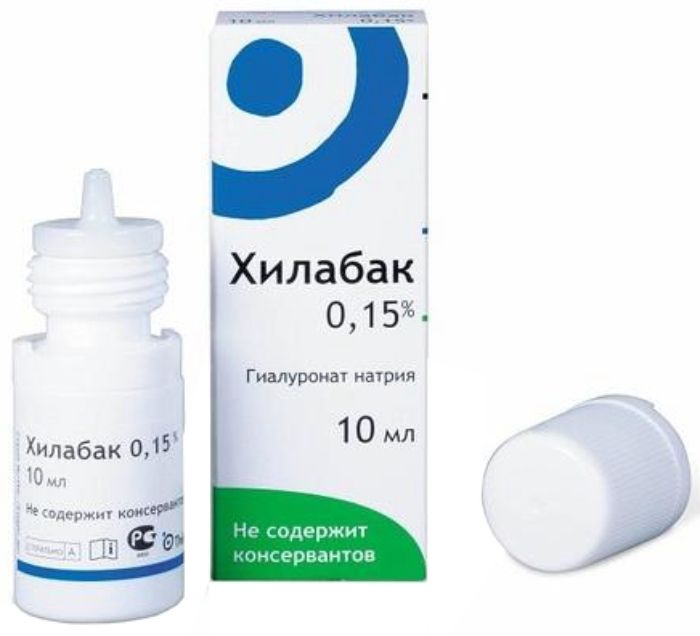

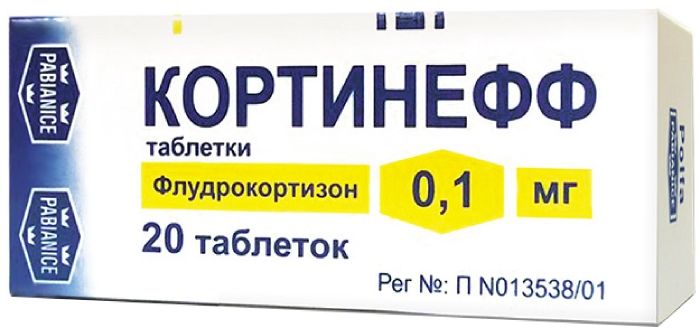

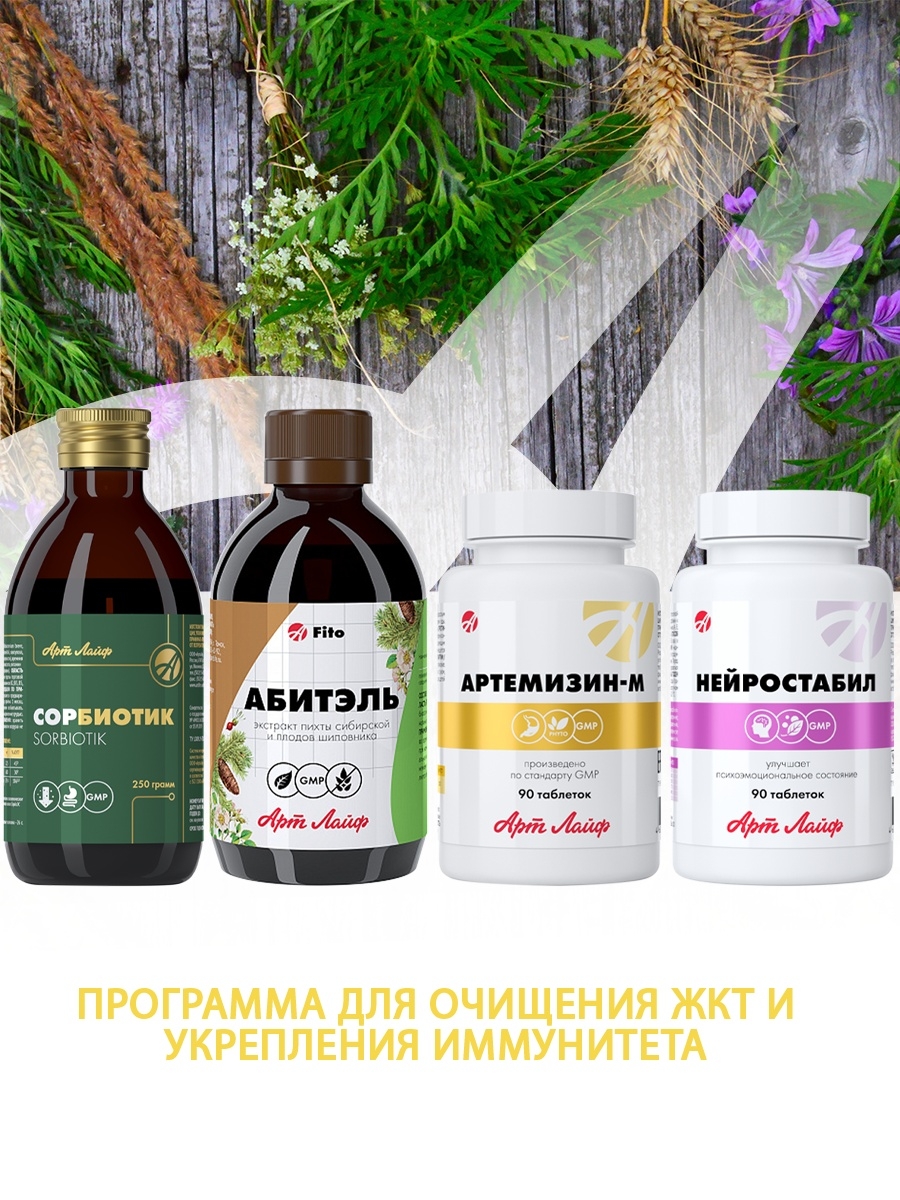
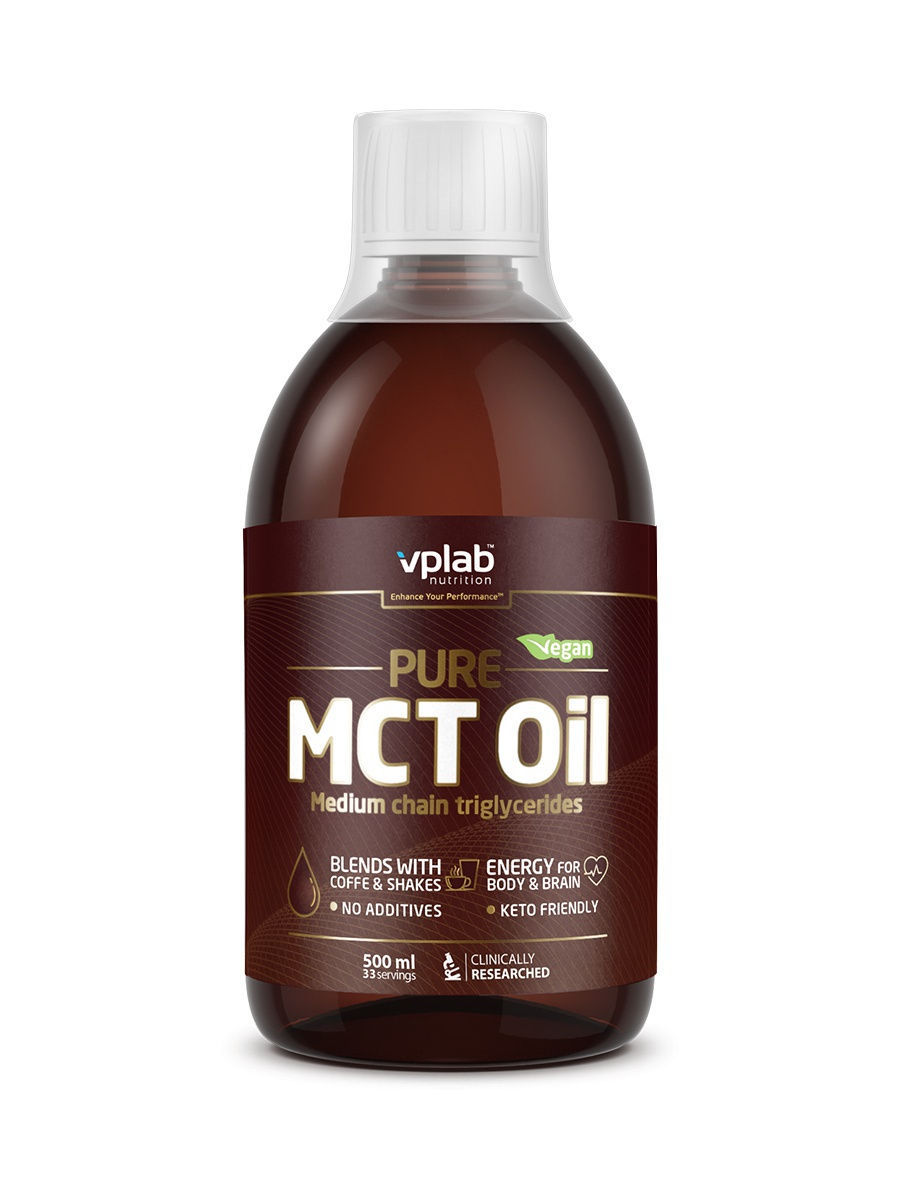
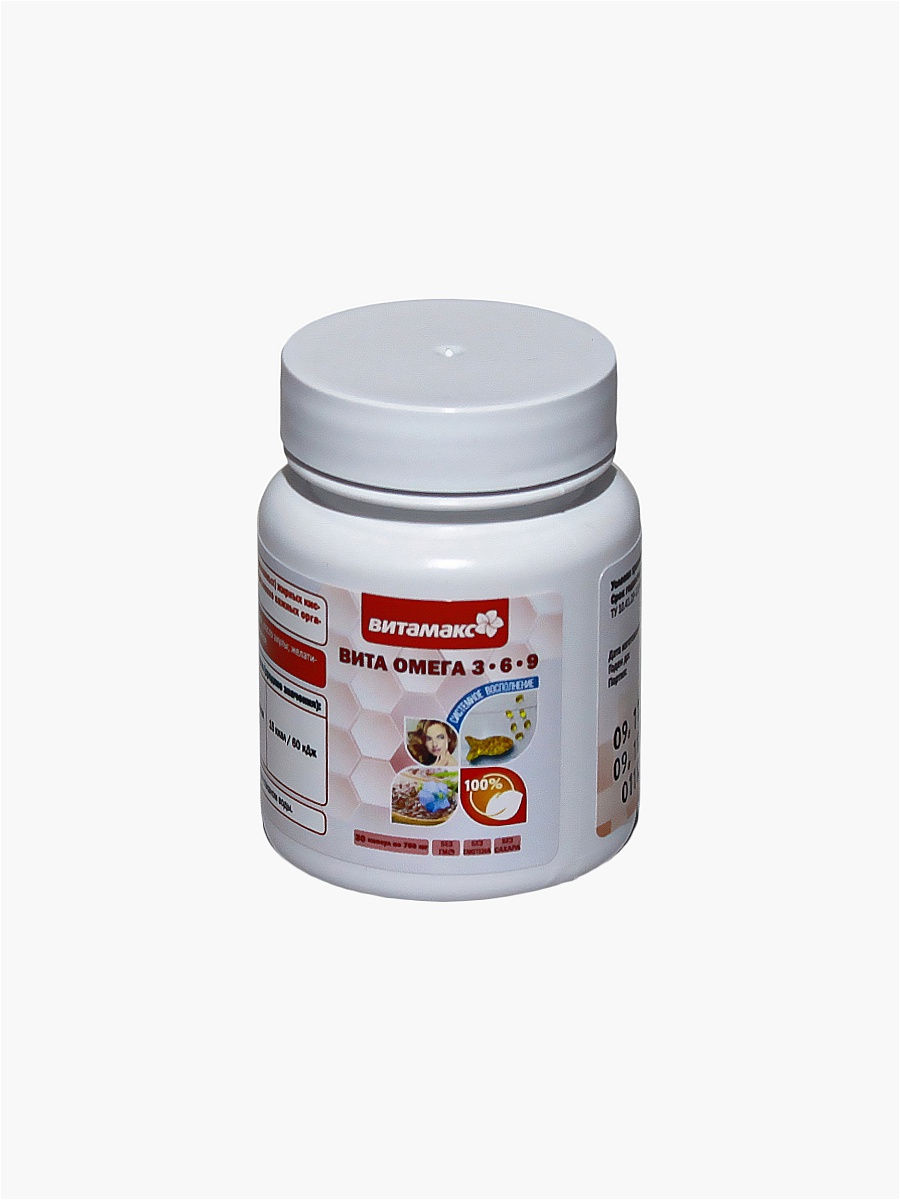
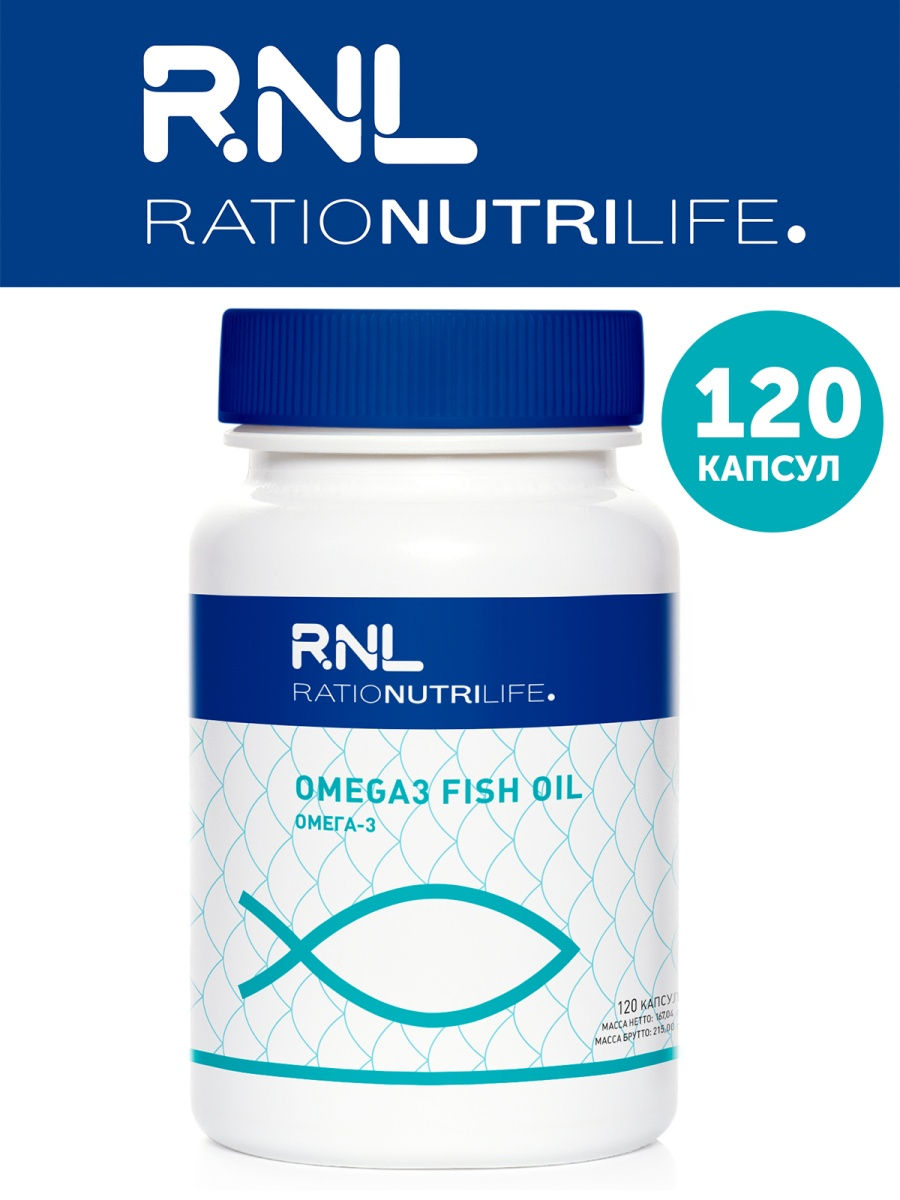




There are no reviews yet.